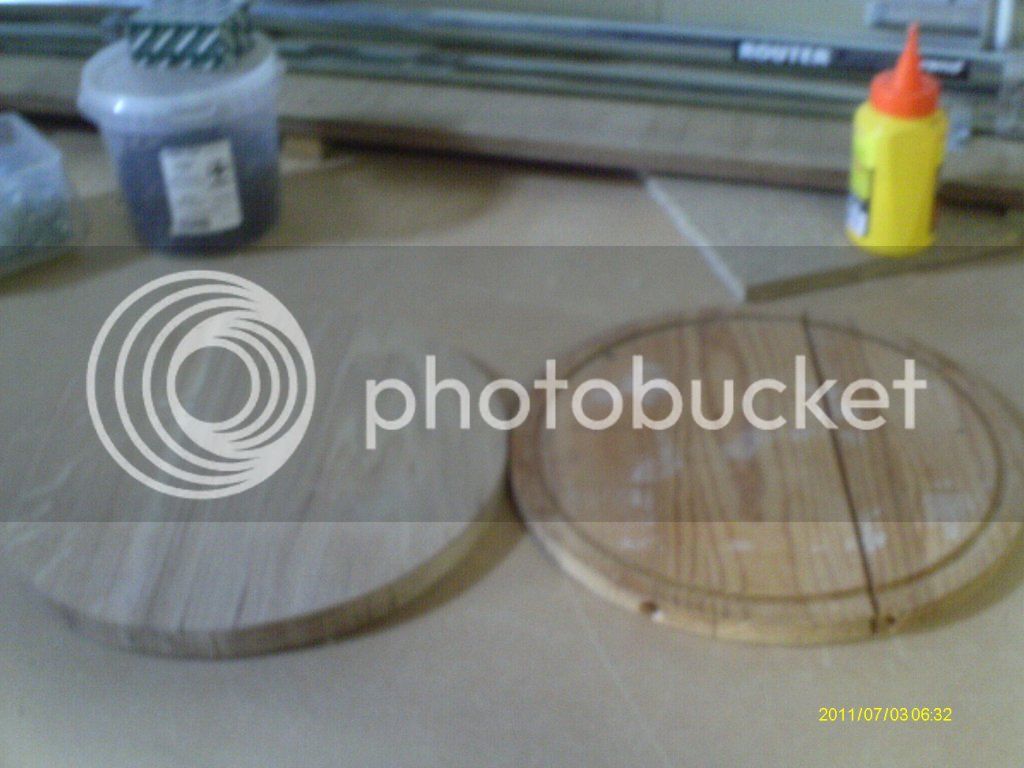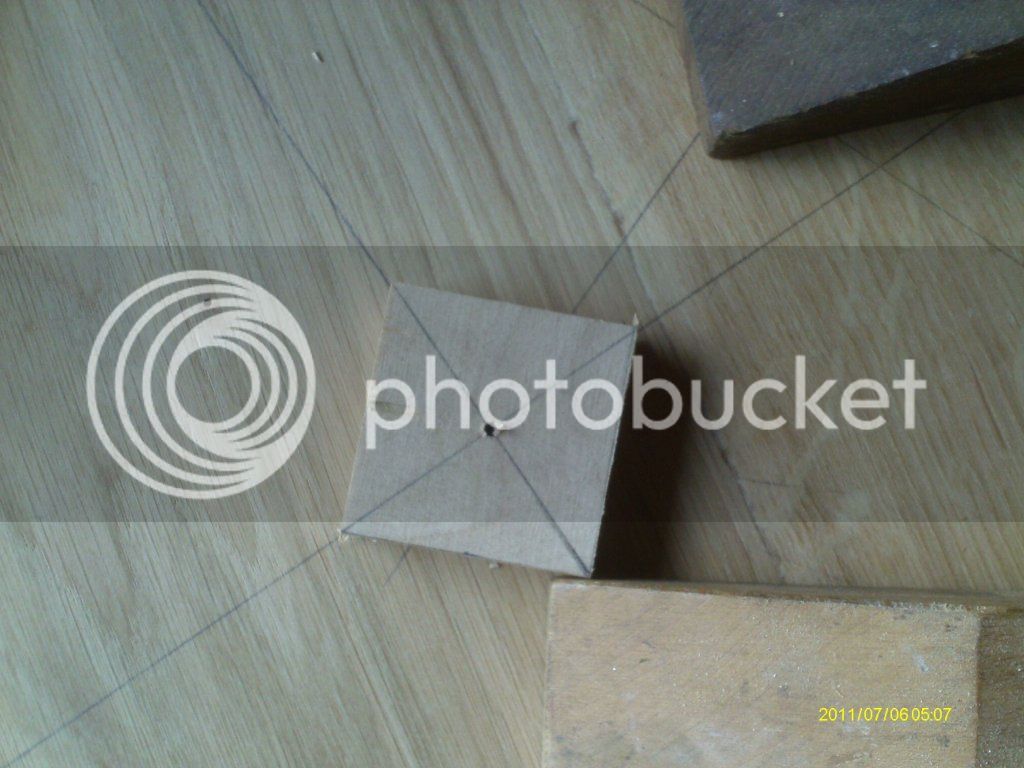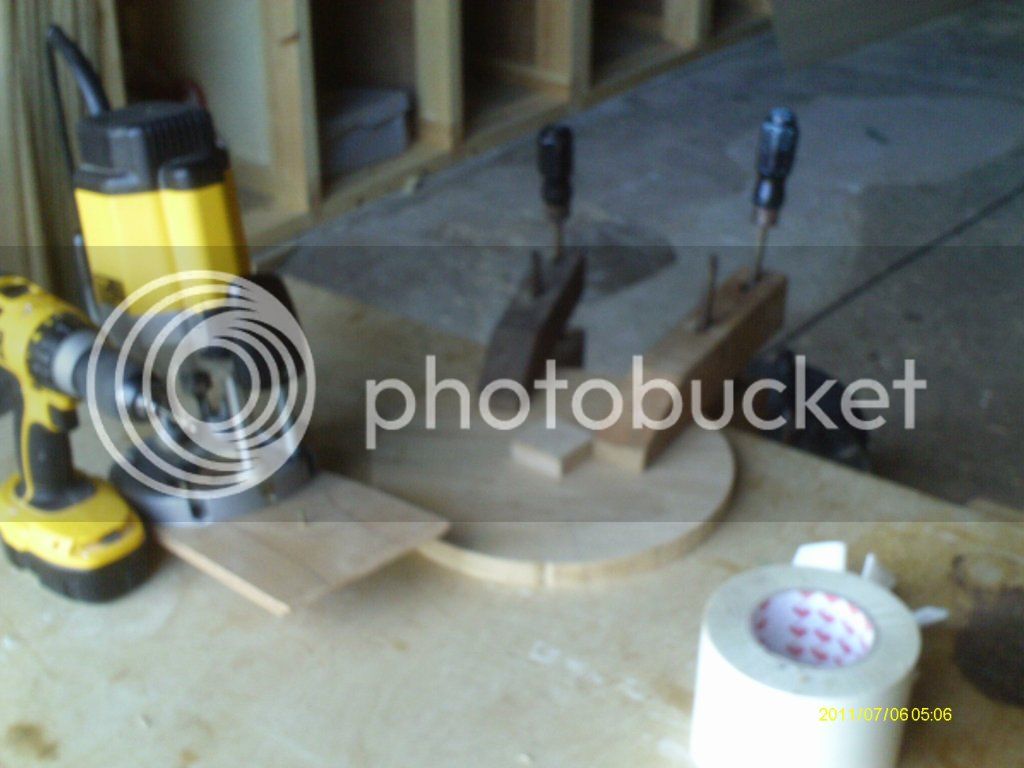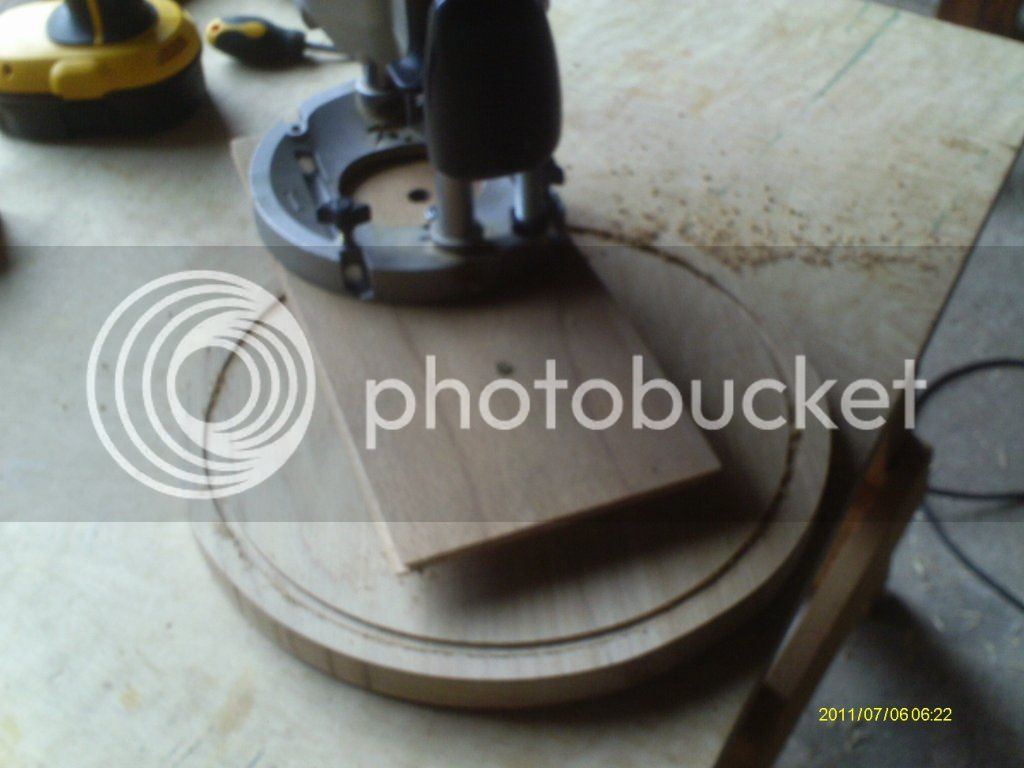Froggy
Established Member
Hi, I'm trying to replace a broken cheese board for a friend. See pic.

Th broken one on the right has a groove in it to house a glass dome. How can I replicate that without putting an hole in the centre of the cheese board?
T.I.A. Froggy.

Th broken one on the right has a groove in it to house a glass dome. How can I replicate that without putting an hole in the centre of the cheese board?
T.I.A. Froggy.








































